Amid the allure of historic architecture and the mystery of hidden doors lies a sense of curiosity that fuels our fascination with the past. In the case of a house built in 1916, the mysterious door represents a puzzle waiting to be solved. While its original purpose may remain elusive, it serves as a reminder of the layers of history woven into the fabric of our surroundings.
As we explore the intricate details of architectural marvels like the Spruce Hill Victorian and the Judge Cyrus Ball House, we are transported to a bygone era of elegance and sophistication. These majestic structures are a testament to the creativity and ingenuity of their creators and beckon us to delve deeper into their stories.
The house was built in 1916 and had what my landlord described as a “sewing room” on the opposite side of this wall. The house was extremely ornate for its time, with roughly eight bedrooms. I looked everywhere on the floor where I thought the door would open and I had access to the sewing room from the opposite side.
but he is unable to find the back of the small door! It is painted over and has an almost locked-up feel. Although there is a sophisticated laundry drop system in this house, it looks too small to be part of it.
There is a cloakroom and a bathroom, neither of which are adjacent to this odd little architectural detail, suggesting that this room was clearly designed as a bedroom.










What potential uses do you see for it? Comment on this Facebook post!
Located in Philadelphia, Pennsylvania’s famed Spruce Hill neighborhood, this Victorian masterpiece designed by famed architect George Hewitt is a testament to architectural innovation and ageless grace. Rich in history and exquisitely detailed, this stately home is a testament to the neighborhood’s timeless appeal as well as a shining example of Victorian beauty.
George Hewitt was a noted 19th-century American architect whose uniquely styled residences permanently changed the landscape of Philadelphia. This Spruce Hill-specific gem is a testament to his meticulous attention to detail and dedication to craftsmanship. Built at the height of the Victorian era, this home is a reminder of the grandeur and sophistication of the era.
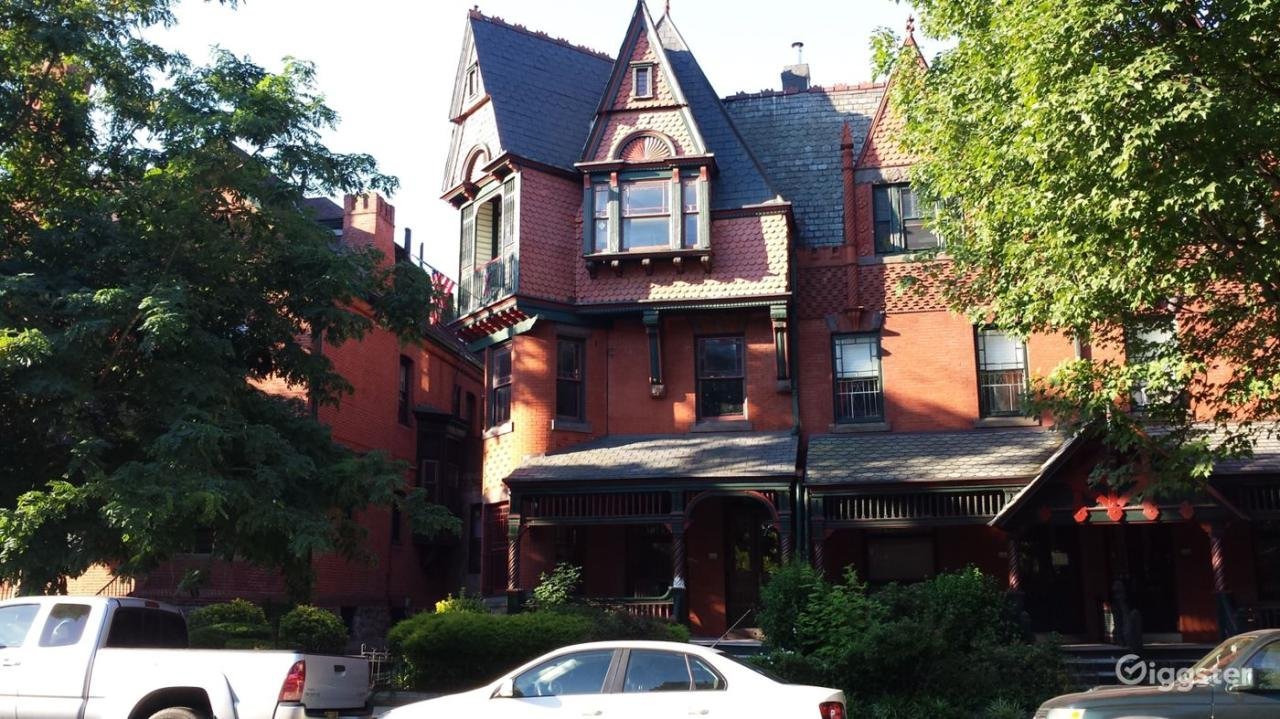
This house is clearly a work of art from the moment one looks at the exterior facade. Elaborate decorations, elaborate gables, and a well-constructed porch invite guests to travel back in time and experience the opulence of the Victorian era. Elaborate wooden elements on the facade, known as “gingerbread”, add a whimsical charm that is distinctly Victorian.
Guests are welcomed into the house, whose interior design skilfully combines traditional elegance with contemporary comfort. Grandeur is evoked by high ceilings, elaborate moldings, and stained glass windows, and each space is given warmth and character by well-chosen furniture and decorations. Every area of the home, from the elaborate drawing room to the quaint living rooms, has a distinct appeal that demonstrates the owner’s commitment to preserving the building’s historic integrity.
The meticulous attention to detail in this Victorian masterpiece is among its most striking features.
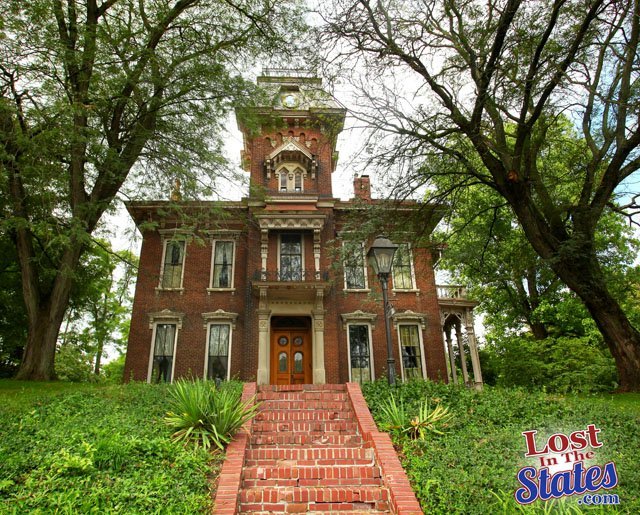
Every detail, from the elaborate tile work to the hand-carved railings, has been carefully crafted to the highest standard. The large rooms have an atmosphere of elegance and friendliness thanks to the abundance of natural light.
This home has a special place in the heart of the Spruce Hill neighborhood, even for its architectural magnificence. As one of the district’s most recognizable features, it attracts the attention of locals and tourists alike, fostering a sense of pride in the area’s rich history.
Designed by George Hewitt, the Spruce Hill Victorian is not only aesthetically pleasing but also a living tribute to the creator’s enduring influence. Many of George Hewitt’s designs now survive as beloved icons throughout the city, demonstrating how much the architect’s contributions to Philadelphia’s architectural landscape are respected and appreciated today.
The glow emanating from this Victorian masterpiece as the sun sets on another day in Spruce Hill reminds us of a bygone era characterized by grace, skill, and an unwavering commitment to beauty. This architectural wonder is a ray of stability in an ever-changing world, providing a window into the past while laying the foundation for the neighborhood’s future. Every fine detail of this timeless gem embodies the legacy of George Hewitt.
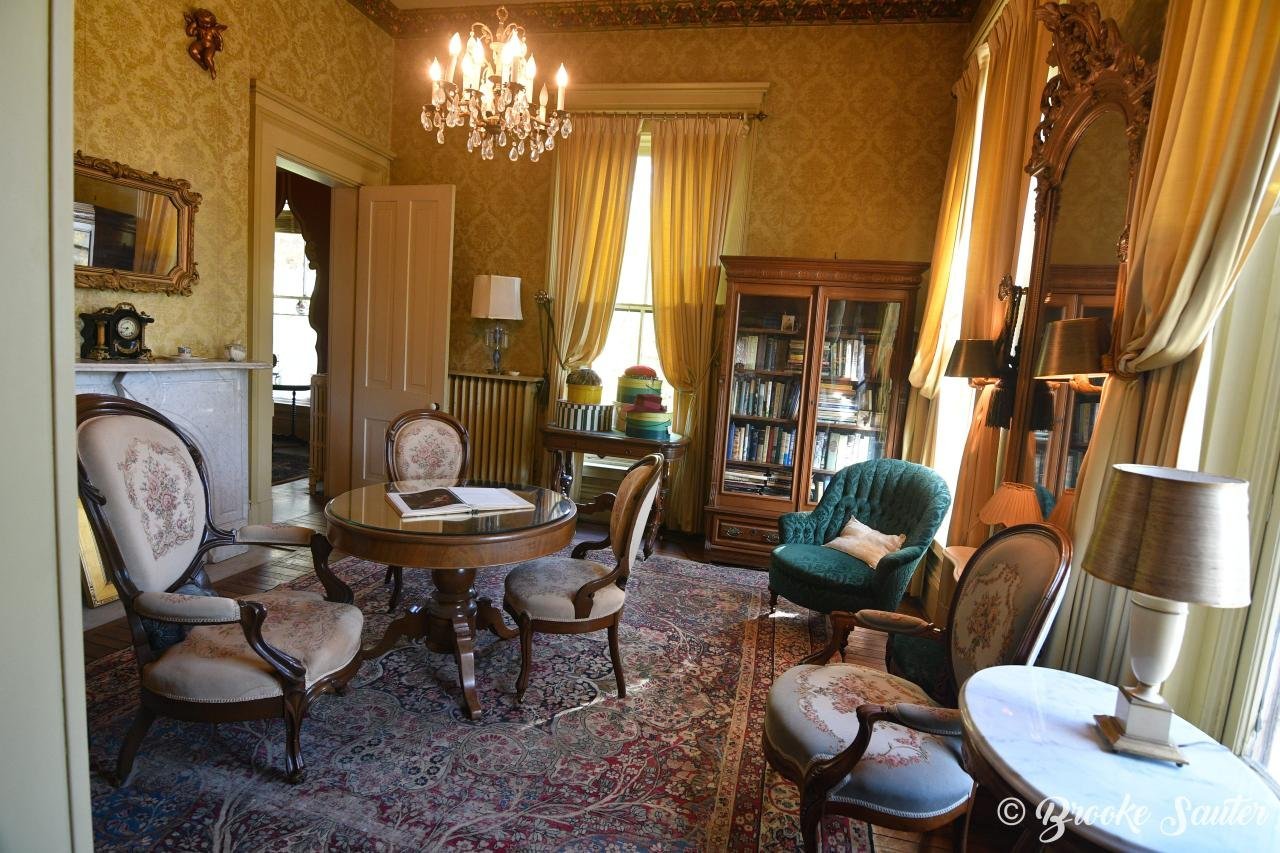
The Judge Cyrus Ball House, a shining example of architectural beauty and historic value, is tucked away in downtown Lafayette, Tippecanoe County, Indiana.
Often lovingly referred to as the Ball Mansion and Carriage House, this magnificent residence is a monument to the timeless glamor and charm of the Second Empire era.
Built between 1868 and 1869, the Judge Cyrus Ball House is a living reminder of an age other than just a place to live. Its opulent and refined age comes to life as soon as one enters through the grand entrance. The elaborate wood and stone decoration on the two-story brick facade is a tribute to the artistry and expertise of its designers.
The grandiose focal point of the estate, a huge three-story entrance tower with a mansard roof, is sure to impress anyone who looks at it. Towering majestically against the Indiana skyline, it evokes a sense of regal grandeur that entices guests to discover its delicacies.
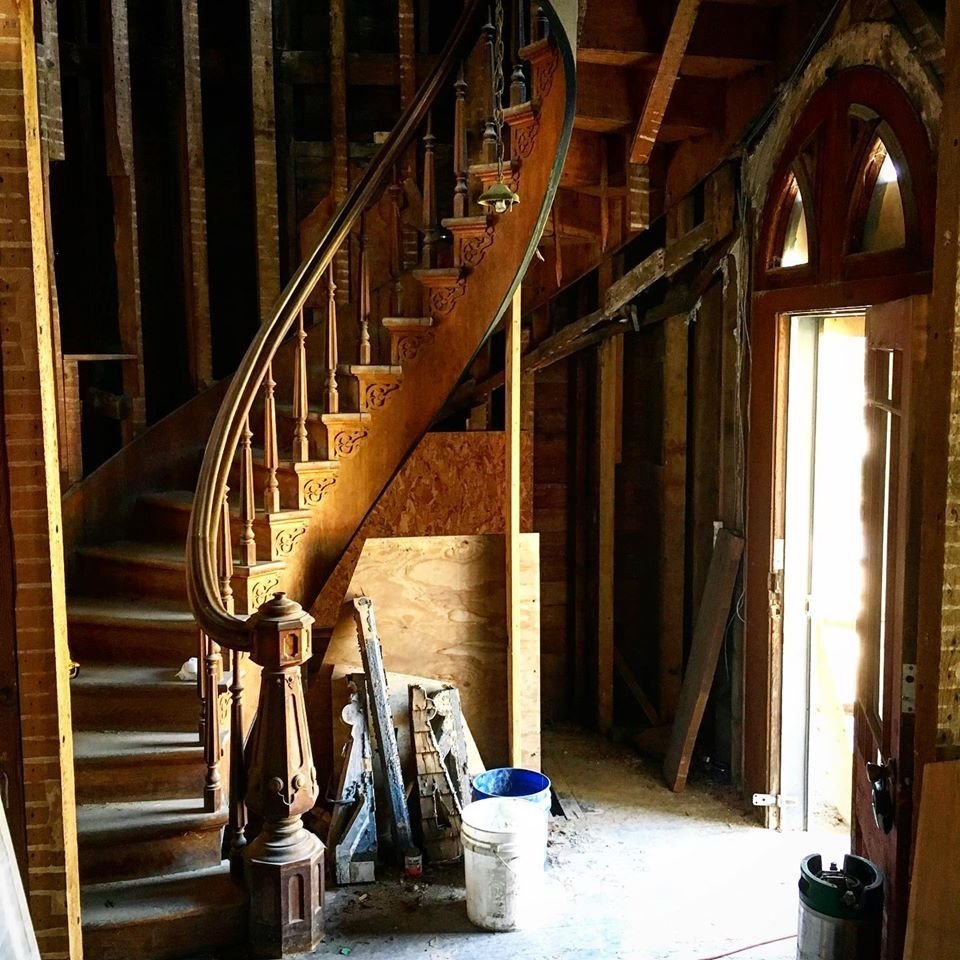
The solid limestone foundations of the Judge Cyrus Ball House represent the toughness and resilience of its past.
The house’s worn slate roof testifies to the building’s continuing soul and whispers stories of past generations.
A picturesque two-story carriage house greets visitors as they walk through the grounds; it is a contributing feature that enhances the charm and personality of the estate. It stands in silent awe beside the main building, a reminder of a time when guests were transported to and from their seats in elegance by the horse-drawn carriages that graced the halls.
Perhaps the legends that are kept behind the walls of the Judge Cyrus Ball House are even more beautiful than the opulence of the building. Once the home of Judge Cyrus Ball, this historic property is a testament to the rich history woven into the fabric of Indiana, serving as a beloved landmark for the Lafayette community.
In short, the Judge Cyrus Ball House in Tippecanoe County, Indiana is a living example of the county’s enduring past, not just a house. This historic residence never ceases to amaze those who have the privilege of witnessing its timeless elegance, be it due to its magnificent architecture or its colorful past.
Tucked away in a tranquil setting, Old Hickory Villa – F.W. Knox is a shining example of grace and historic significance. This architectural marvel fascinates tourists with its ageless elegance and exquisite craftsmanship, all while honoring its rich heritage. Originally intended as a private estate, Old Hickory Villa has an opulent and refined appearance that catches the eye the moment one looks at its grand front.
Created with great care and attention to detail by renowned architects of the time, every element of this magnificent mansion tells the story of the lavish way of life led by its original inhabitants. Once through the elaborate entrance, one is instantly transported back in time to an era of unparalleled wealth and elegance.
Every room in the estate, from the grand foyer with elaborate woodwork to the spacious living areas with rich furnishings, tells a story of privilege and wealth and provides a glimpse into the lives of the individuals who once called it home.
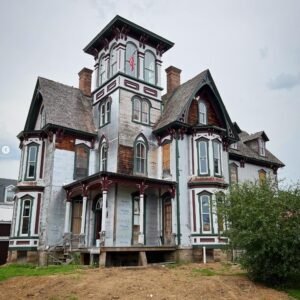
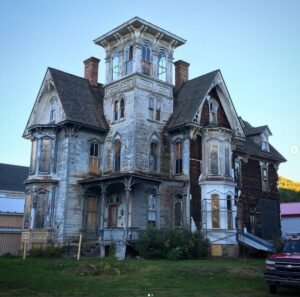
Old Hickory Villa is more attractive because of its rich history than its stunning architecture. From hosting extravagant social events to providing the setting for important cultural occasions, this ancient house has been instrumental in shaping the fabric community over the years. The Old Hickory Villa is now a treasured relic that has been carefully preserved for the enjoyment of future generations. Whether they choose to explore the meticulously landscaped grounds, admire the magnificent architecture, or simply relax and soak up the peaceful atmosphere, visitors will be captivated by the enduring beauty of this remarkable estate.
Let’s take a moment to recognize the timeless appeal of historic preservation as we recall the history of Old Hickory – the F.W. Knox Villa. These and other places serve as a reminder of the value of respecting our history and protecting the things that make our communities unique in a world where progress often comes at the expense of the past. Come and discover the charm of Old Hickory for yourself – Villa F.W. Knox. Take a step back in time and enter a realm of sophistication, grace, and ageless beauty. You won’t just forget the journey.
At the end of this journey of architectural wonders and historical monuments, we commemorate the enduring legacy of these timeless treasures. From the grandeur of Victorian masterpieces to the opulence of Second Empire mansions, each building tells a story of craftsmanship, elegance, and cultural significance.
These architectural gems not only catch the eye with their elaborate design and breathtaking details but also serve as guardians of our common heritage. They are living proofs of the ingenuity and creativity of past generations and invite us to step back in time and experience the richness of history.
As we celebrate the preservation of these historic sites, we are reminded of the importance of valuing our cultural heritage and protecting it for future generations. Through careful conservation efforts and a deep appreciation of our architectural heritage, we ensure that these magnificent structures will continue to inspire and be enjoyed for years to come.
So let’s continue to honor the legacy of these architectural marvels, admiring their beauty and significance while recognizing the vital role they play in shaping the identity of our communities. As we look to the future, may we remain steadfast in our commitment to preserve and protect the treasures of our past and ensure they endure as beacons of history and culture for generations yet to come.
